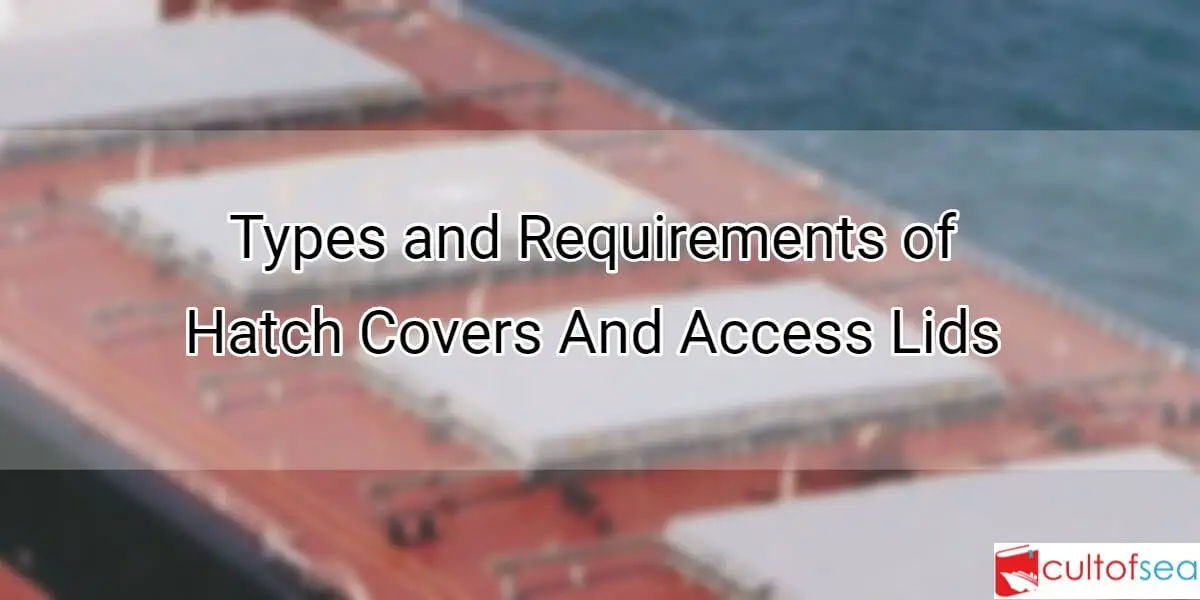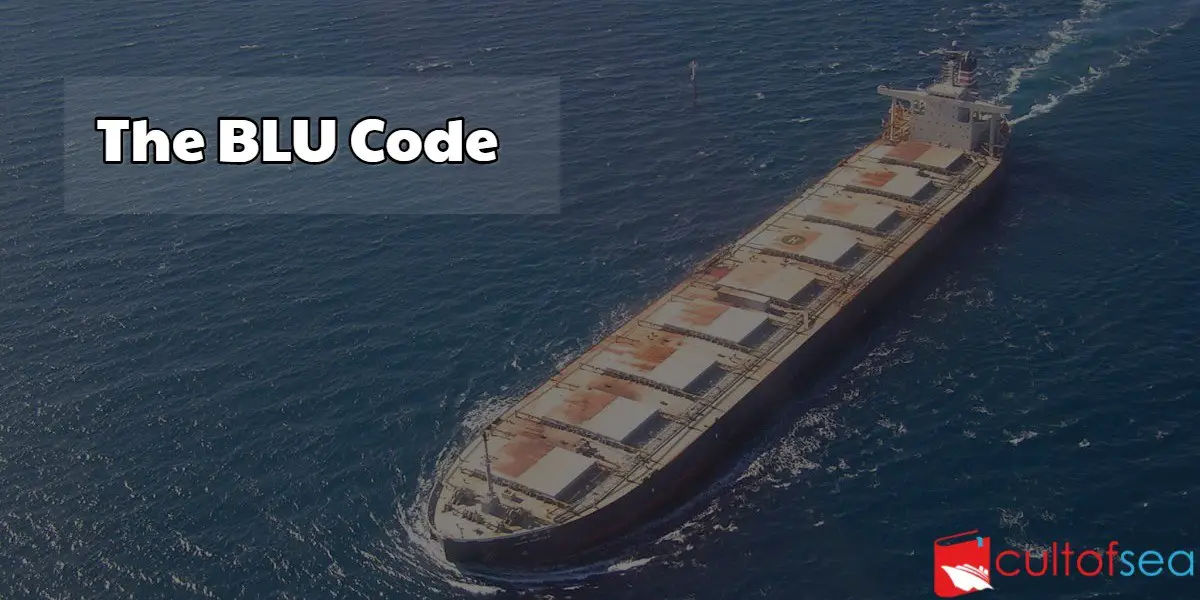HATCH COVER AND ACCESS LIDS General RequirementsBased on the findings of the risk assessment, appropriate control measures should be put into place to protect those workers whose health and safety may be put at risk by the operation of hatch covers and access lids. Any hatch covering used on a ship is to be of sound construction and material, of adequate strength for the purpose for which it is used, free from patent defect and properly maintained. A hatch covering is not to be used unless it can be removed and replaced, whether manually or with mechanical power, without … [Read more...]
BLU Code – Code Of Practice For The Safe Loading And Unloading Of Bulk Carriers
Purpose The BLU Code has been developed by IMO to minimise losses of bulk carriers. The purpose of the Code is to assist persons responsible for the safe loading or unloading of bulk carriers to carry out their functions and to promote the safety of bulk carriers. The Code primarily covers the safety of ships loading and unloading solid bulk cargoes, excluding grain, and reflects current issues, best practices and legislative requirements. Broader safety and pollution issues such as those covered by the SOLAS, MARPOL and Load Line Conventions are not specifically included in the … [Read more...]

